Wood panelling is the decorative art of covering the walls of a room with wood. It is appreciated not only for its aesthetic appeal, but also for its insulating properties and durability. Let's discover the history of wood panelling and its place in interior design.
The origins of woodwork
Ancient Egypt and the Middle Ages
First of all, the first traces of woodwork date back to ancient Egypt. Rare woods were used to symbolize wealth and power. In the Middle Ages, wood panelling was mainly used to reinforce insulation in cold, damp castles.
The Renaissance: The Golden Age of Woodwork
The Renaissance saw woodwork become an element of luxury in aristocratic homes. Italian craftsmen began to incorporate carved reliefs, marquetry and painted ornamentation.

Credit: Thierry de Villepin
The evolution of trover the centuries
The 17th and 18th centuries: Woodwork and Baroque
In addition, Baroque and Rococo ornamentation introduced woodwork with moldings, panels and relief carvings. The woodwork at Versailles is an emblematic example of this period, testifying to the artistic exuberance of Louis XIV's reign.
The 19th century: Industrialization and woodwork
What's more, with industrialization, woodwork became more affordable, allowing the middle classes to embellish their interiors with this luxury once reserved for the elite. The Victorian style is a perfect example, with its dark, richly ornate woodwork.
Credit: Matériaux Authentiques
Modern and contemporary woodwork
The 20th century: Simplicity and functionality
Twentieth-century modernism introduced simpler lines and greater functionality. Designers such as Frank Lloyd Wright used wood in a more organic way...
The 21st century: Back to basics and sustainability
Today, the woodwork adapt to ecological trends. The use of certified sustainable wood and the reuse of old wood show a commitment to preserving the environment.
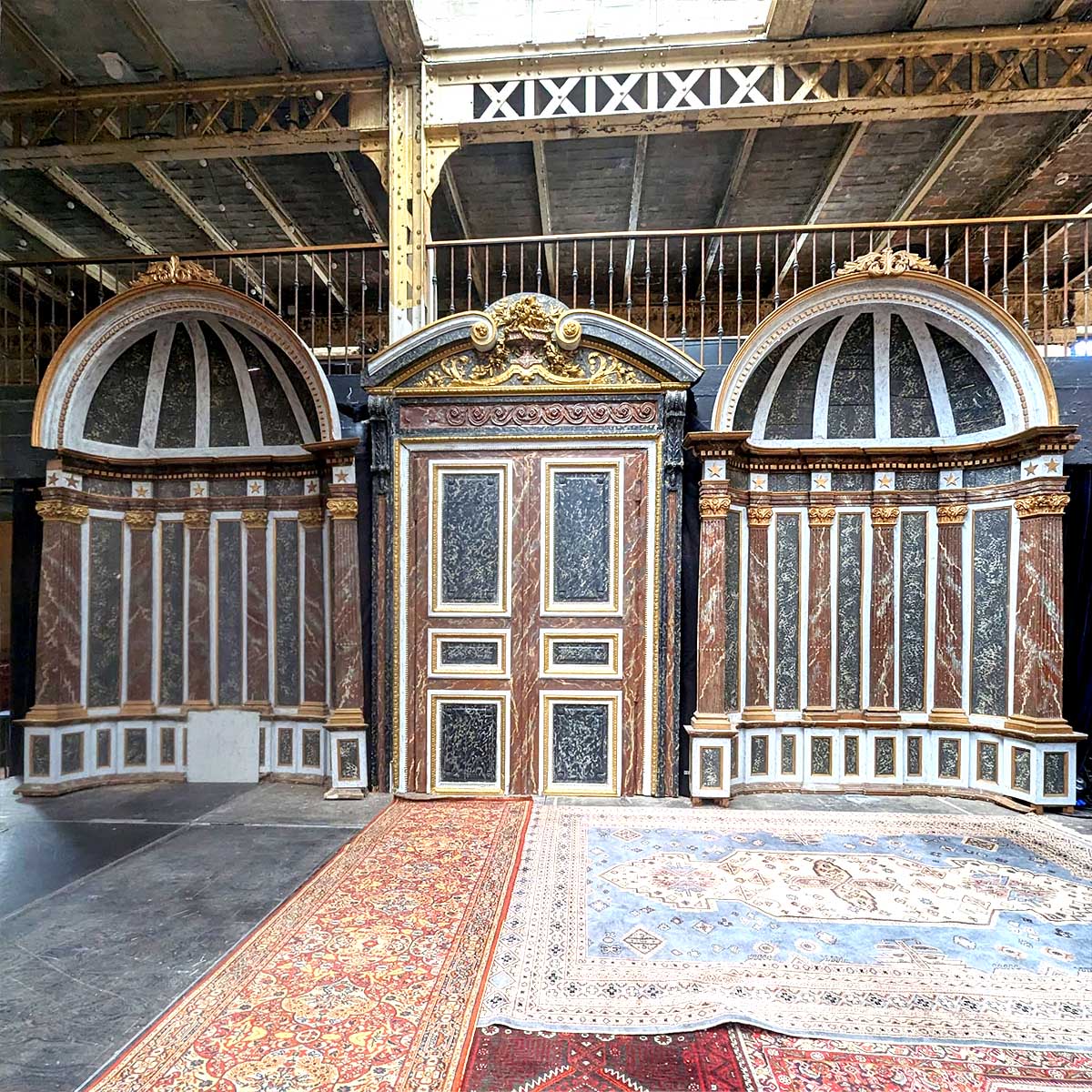
Credit: Matériaux Authentiques
Techniques and materials
Wood varieties
Oak, walnut, mahogany or painted wood, each type of wood adds its own unique touch. Visit woodwork reflect not only aesthetic taste, but also the geography and botany of the regions from which the wood comes.
Manufacturing techniques
Marquetry, carving, turning and molding are just some of the techniques used to create exceptional woodwork. These ancestral methods require know-how that today's craftsmen seek to preserve.
Restoration and conservation of woodwork
The restoration of woodwork is a specialized field requiring expertise and precision. Conservators often have to juggle preserving historical integrity with adapting for comfort and safety.
Finally, the history of wood panelling mirrors the social, economic and artistic changes over the centuries. This ancestral wall covering continues to find its place in interior design, combining history, art and functionality. Wood panelling is not just a decorative element, but a living testimony to craftsmanship and tradition.
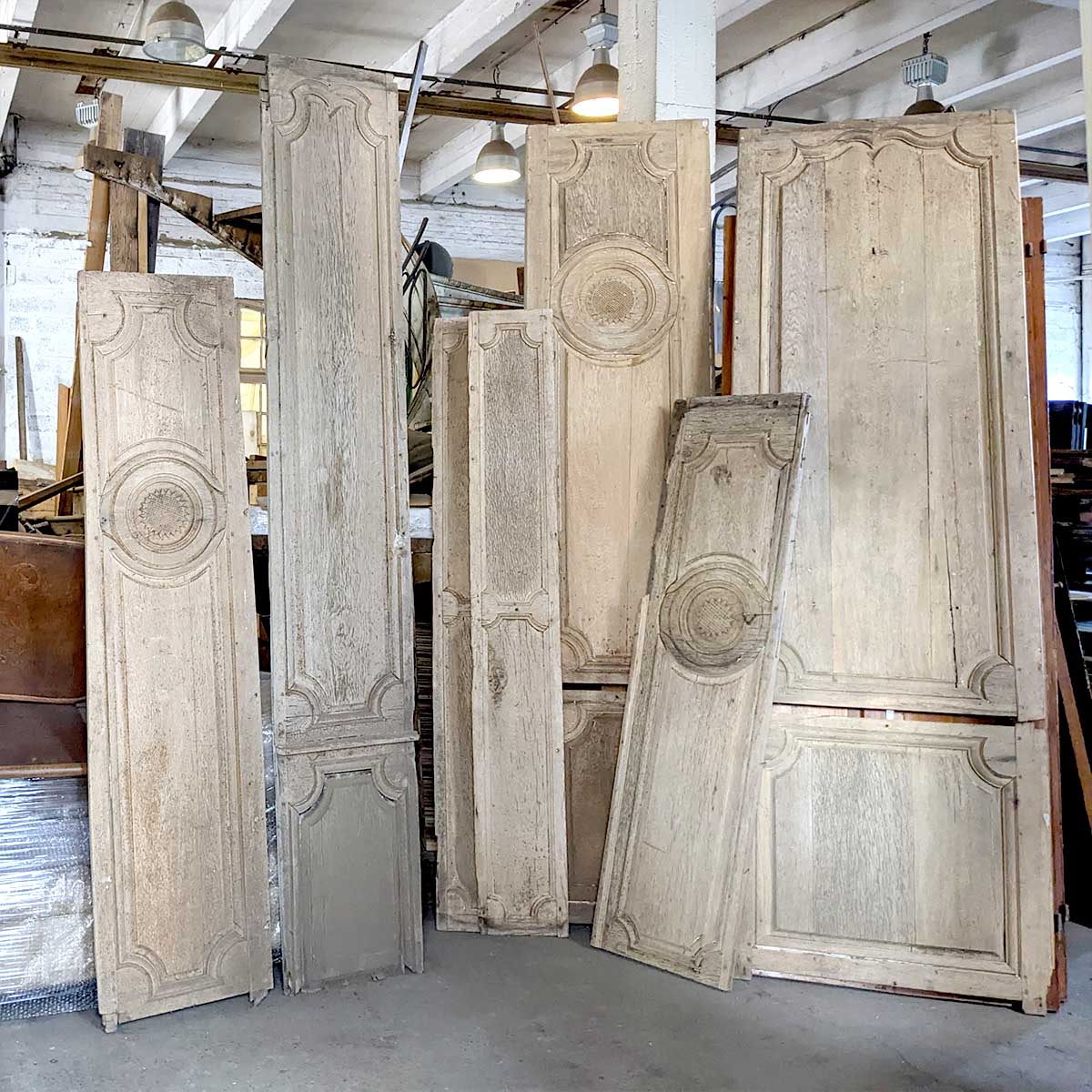

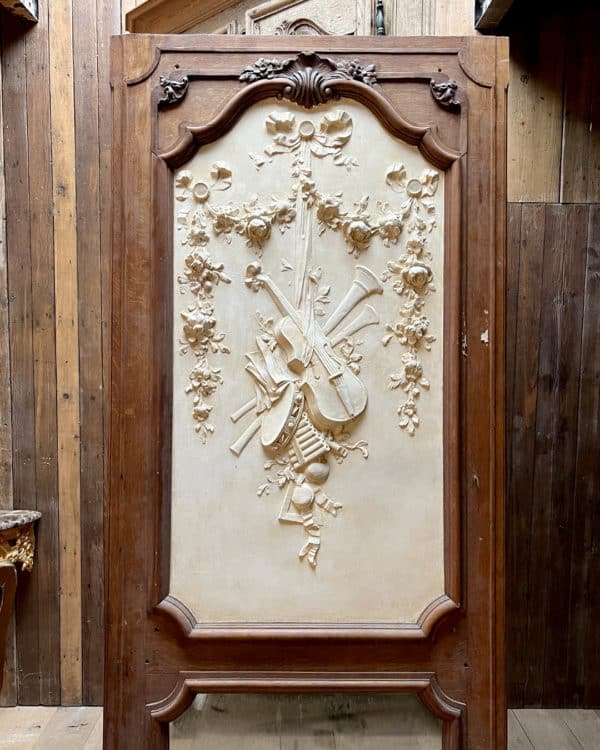
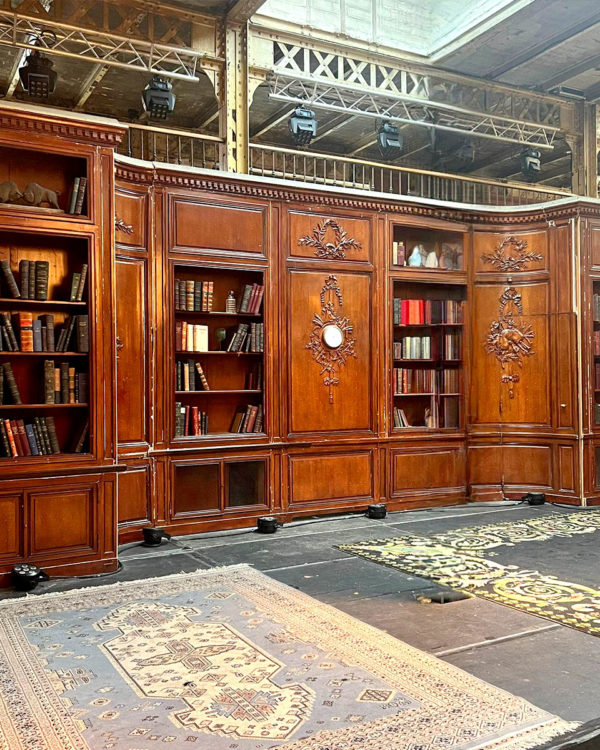
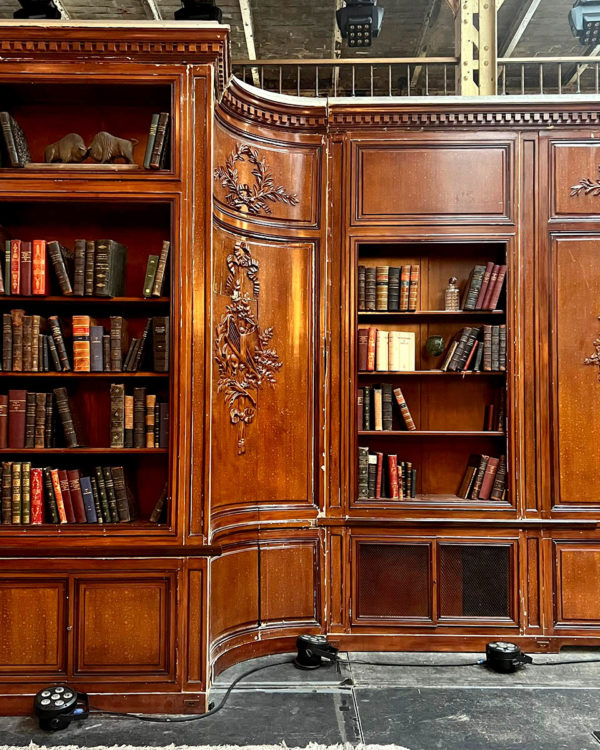

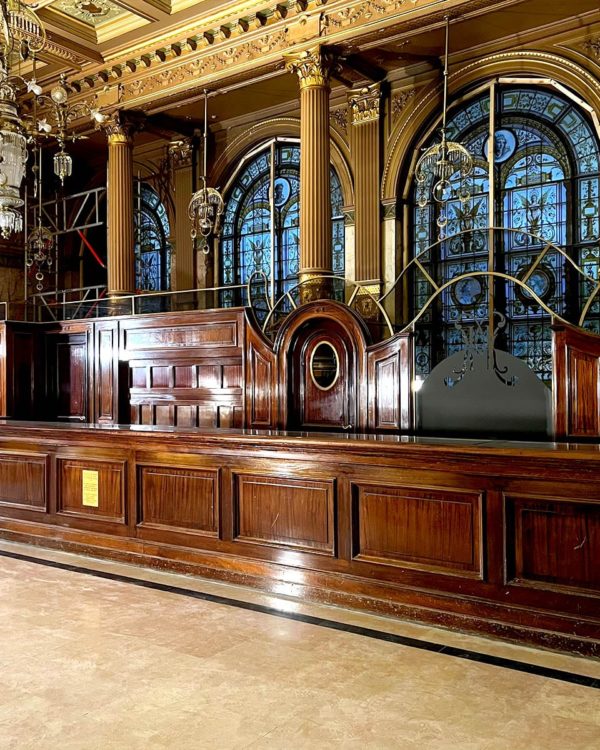
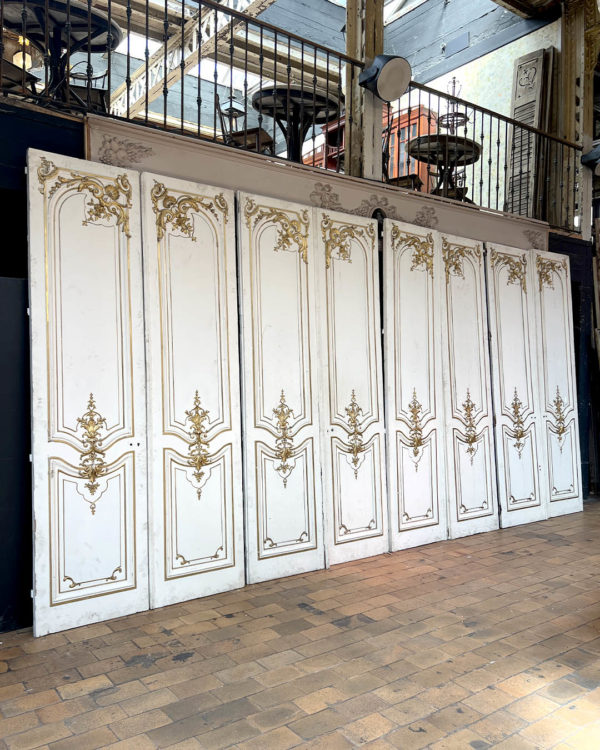

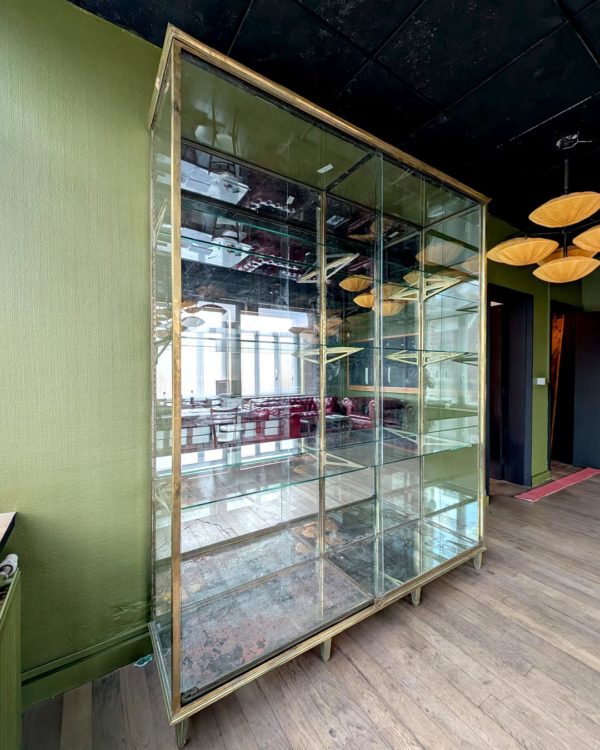
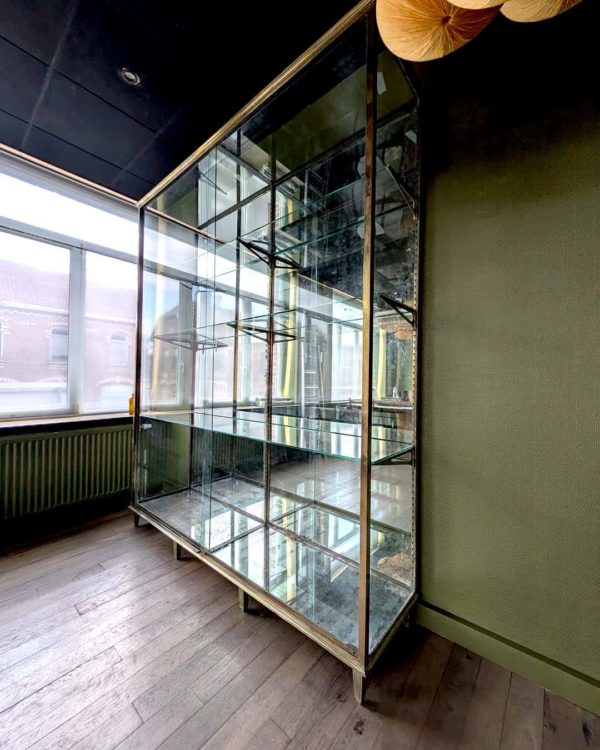
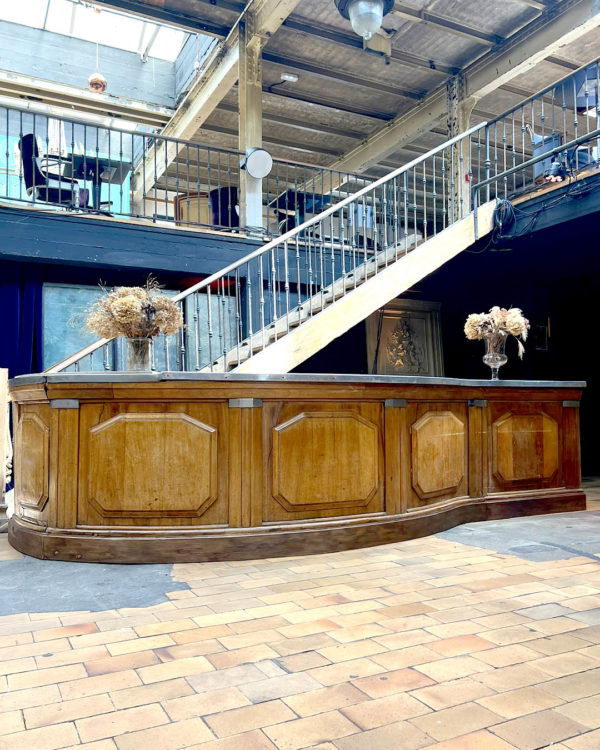
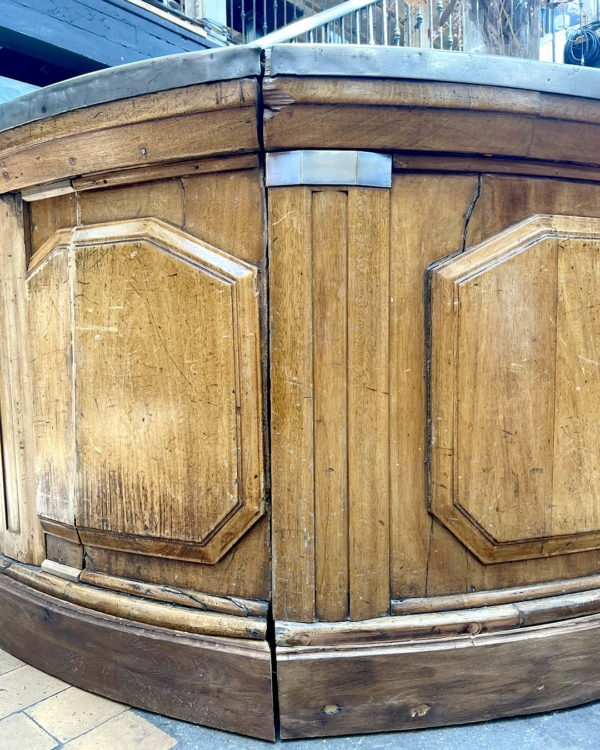
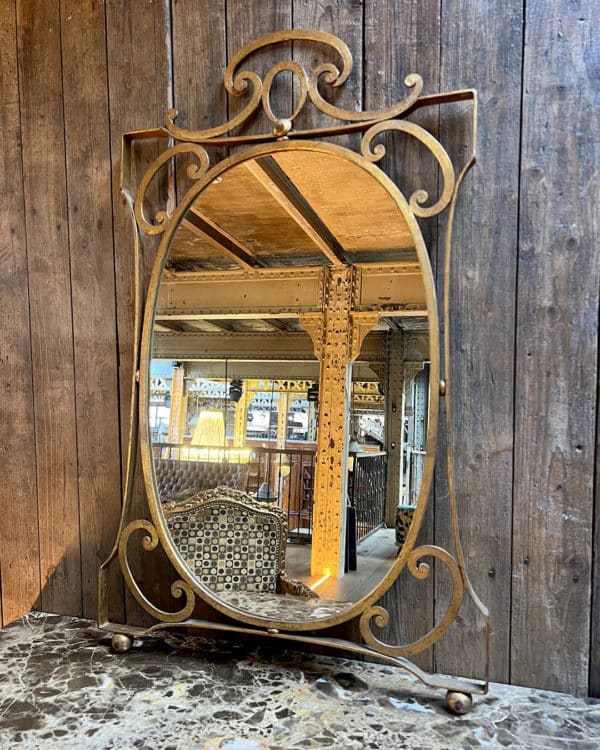
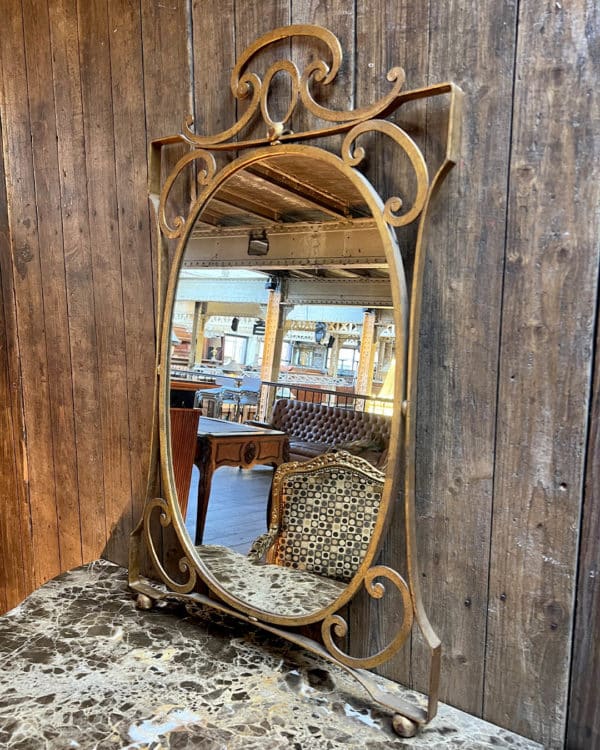
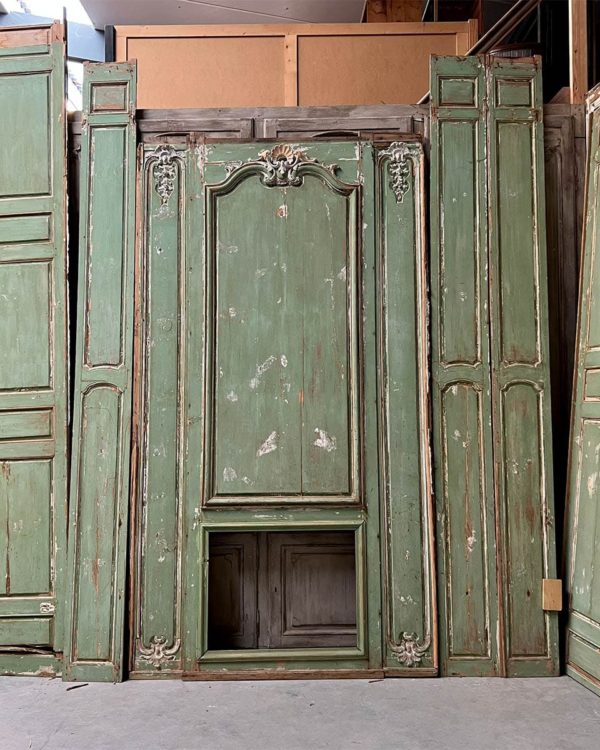
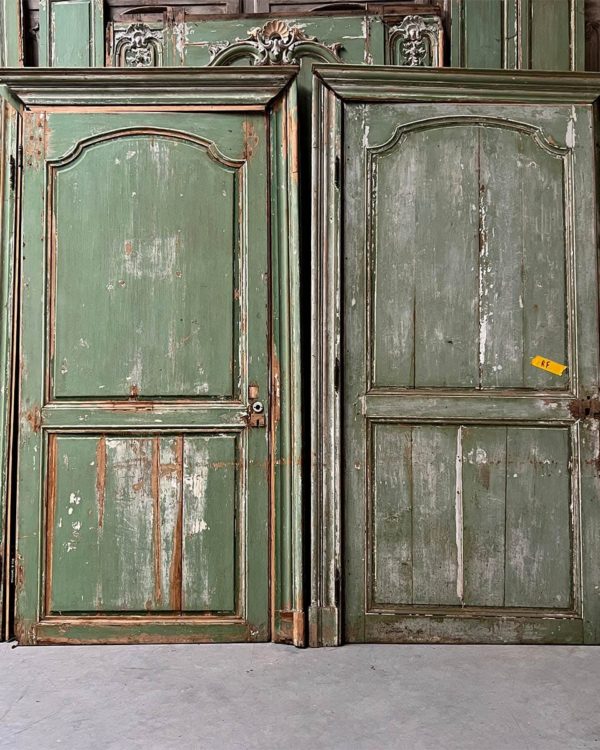

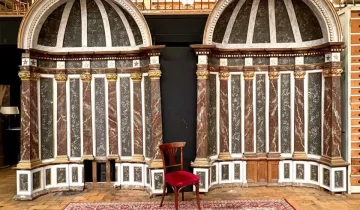
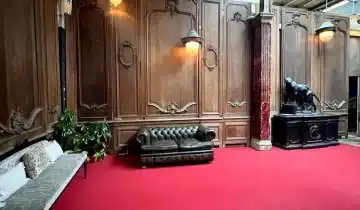
 No products in the cart.
No products in the cart.